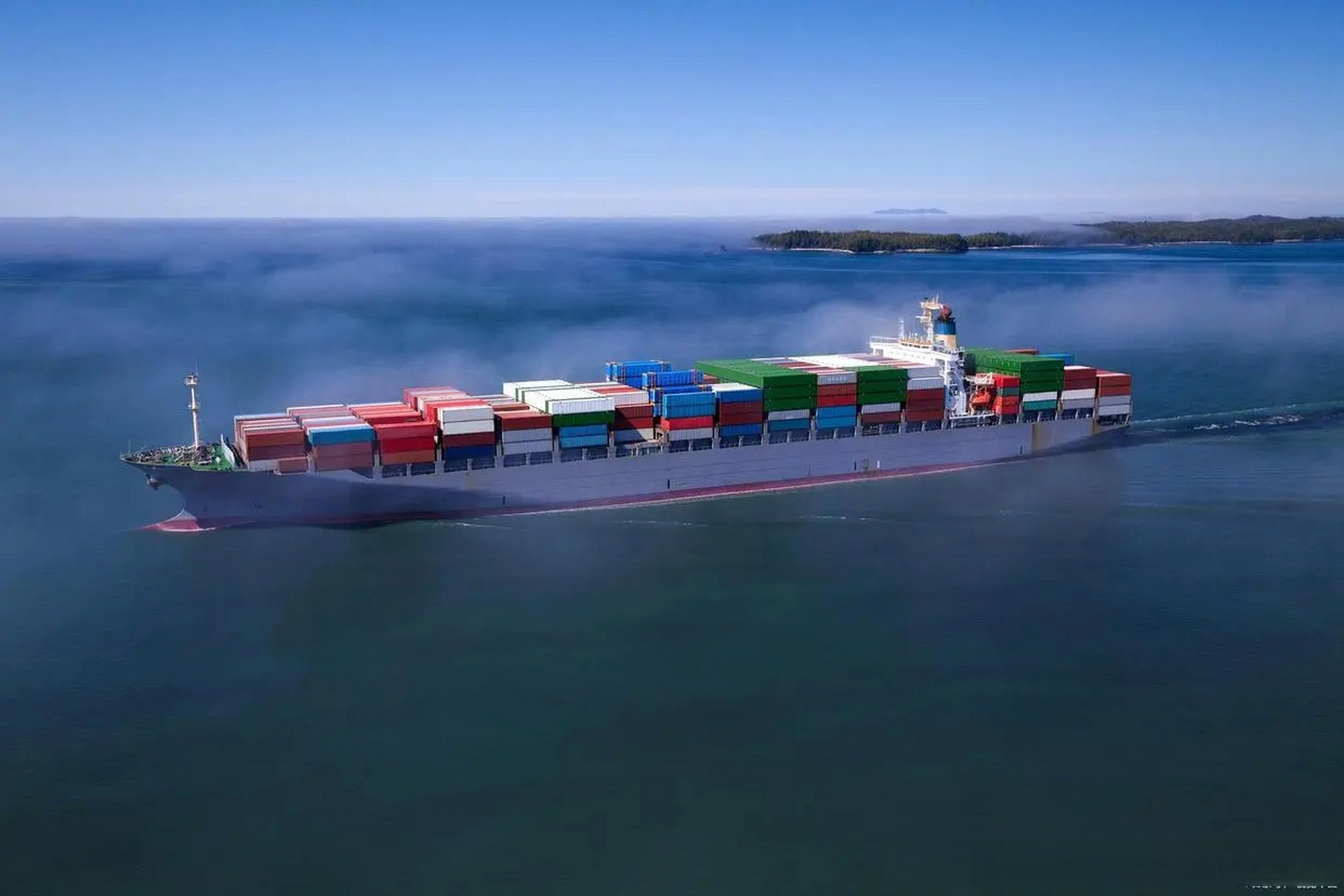
In the global trade arena, a secure and efficient shipping from China to Italy supply chain is crucial for businesses and individuals involved in cross – border shipping. Whether you’re sending commercial goods or personal effects, knowing how to streamline shipping from China services is essential for a smooth flow of goods. Let’s explore the key elements.
1. Selecting the Right Shipping Method
Sea Freight for Bulk Goods
For large – volume and non – time – sensitive cargo, sea freight is often the top choice. Shipping lines operate between major Chinese ports like Shanghai and Italian ports such as Genoa. Calculate costs based on container sizes. Transit times usually range from 25 – 35 days, but watch out for port congestion.
Air Freight for Urgent Shipments
When speed matters, air freight offers a fast solution. It suits high – value, lightweight, or time – sensitive items. Airlines calculate charges based on weight or volume, whichever is greater. Shipping from Beijing to Rome by air typically takes 1 – 2 days, though it comes with a higher price tag.
2. Optimizing Logistics Nodes
Strategic Port and Airport Selection
Choose ports and airports with efficient handling and good connectivity. In China, ports like Shanghai, Shenzhen, and Ningbo are well – equipped. In Italy, ports such as Genoa, Naples, and airports like Rome’s Leonardo da Vinci – Fiumicino Airport are major hubs. Strategic selection can cut transit times and costs.
Warehouse and Distribution Center Arrangement
Identify reliable warehouse and distribution centers at both ends of the supply chain. In China, look for facilities near manufacturing areas. In Italy, choose ones close to major consumption centers. These centers aid in inventory management and product distribution.
3. Documentation and Compliance
Complete Commercial Invoices
Create detailed commercial invoices with product descriptions, quantity, value, and origin. This document is vital for customs clearance in both China and Italy. Inaccurate invoices can lead to delays or security issues.
Other Required Documents
Depending on the goods, you may need certificates of origin, quality inspection reports, or import licenses. Ensure all documents are up – to – date and accurate to avoid problems in the supply chain.
4. Tracking and Monitoring
Utilize Tracking Services
Take advantage of tracking services provided by logistics partners. Real – time tracking allows you to monitor the location and status of your shipment. This helps you detect any unexpected delays or issues.
Set Up Alerts
Configure alerts for important events like when the shipment leaves China, arrives in Italy, or encounters problems. Alerts enable you to take timely action.
In conclusion, building an efficient shipping from China to Italy supply chain involves choosing the right shipping method, optimizing logistics nodes, ensuring proper documentation and compliance, and implementing tracking and monitoring. By following these steps, you can streamline shipping from China services. China Top Freight, with its industry experience, can also offer some guidance in this process.Utilize China Top Freight to help solve the problems you are facing. Contact us today to embark on your smooth transportation journey!


